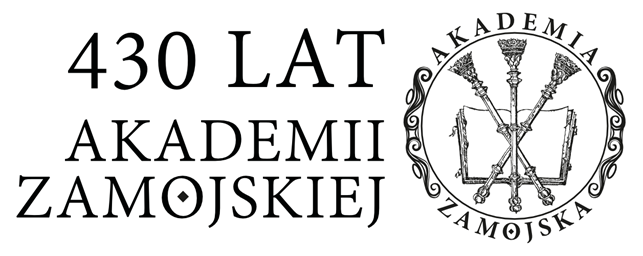Spatial Diversity of Tourist Infrastructure in Poland in View of the OECD and EUROSTAT Typology of Rural Areas
Wiesława Gierańczyk
Wieńczysław Gierańczyk
Abstract
The paper raises the issue of spatial differentiation of tourist infrastructure measured by the potential of tourist accommodation (Charvát index — Tch) and the intensity of tourist traffic (Schneider index — Ts). This issue is presented in two spatial approaches — according to the typology of the OECD and that of EUROSTAT. The analysis shows that, in relation to the whole of Poland, the regions of a predominantly rural (PW) character have a much lower saturation with accommodation base (Tch). According to the OECD methodology the Tch index in such areas is nine times lower, while according to EUROSTAT three times lower than in predominantly urban areas. This phenomenon is more intense in the view of the first typology due to the specific criteria for delimiting areas of predominantly urban character. Also, the intensity of tourist traffic (Ts) by both typologies is twice lower in predominantly rural areas. This is due to a different nature of preferences and behavior of tourists. Rural areas are dominated by various forms of leisure tourism, while in cities tourist stays for a significantly shorter time. However, predominantly rural regions are not internally consistent. The best-developed tourist accommodation base (Tch) is located in the areas of the top tourist attractions - at the seaside and in the mountains. Also it is there where the highest intensity of tourist traffic (Ts) is recorded. The least-developed accommodation infrastructure as well as lowest tourist interest were recorded for the predominantly rural regions of Mazovia and Eastern Poland. Although trends of diversification of tourist infrastructure in the PW areas delimited by different methods are similar, they may not be a reference for each other. As all the coastal regions and the regions of the Masurian Lake District are not, according to the Eurostat classification, PW areas, the differences in the values of the indexes representing the state of their accommodation base and their attractiveness to tourists are significant. Therefore, only the internal differentiation of an area classified by one of the methods can be subjected to comparison.
Keywords:
OECD and EUROSTAT regional typology, urban-rural typology for the regions of NUTS 3, predominantly rural regions, Charvat’s indicator, Schneider’s indicatorDetails
References
Statistics
Authors
Citation rules
Licence

This work is licensed under a Creative Commons Attribution-NonCommercial-NoDerivatives 4.0 International License.


 English
English
 Język Polski
Język Polski




